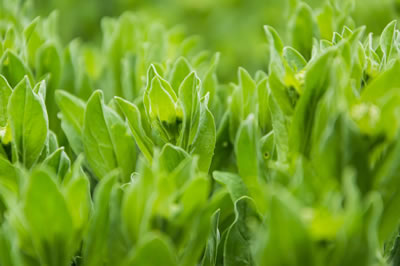Wild Lettuce
 Growing in Austria, France, Germany and Scotland, this biennial herb (Lactuca virosa) also known as bitter lettuce or lettuce opium, is found on banks and wastelands and can reach a maximum height of 200cm. It is similar to garden lettuce although the leaves are narrower with bristles on the under surface of the mid rib. The plant is rich in a milky juice, which has a bitter taste. When dry it turns hard and brown and is known as lactucarium.
Growing in Austria, France, Germany and Scotland, this biennial herb (Lactuca virosa) also known as bitter lettuce or lettuce opium, is found on banks and wastelands and can reach a maximum height of 200cm. It is similar to garden lettuce although the leaves are narrower with bristles on the under surface of the mid rib. The plant is rich in a milky juice, which has a bitter taste. When dry it turns hard and brown and is known as lactucarium.
History of Use
Wild lettuce was held in high esteem in ancient times for its cooling and refreshing properties. The Emperor Augustus attributed his recovery from a dangerous illness to it, and is reputed to have built an altar and erected a statue in its honour. It has been used through the ages for bronchitis, tickly coughs, for insomnia and as a sedative.
 Since April 2014, all herbal medicines for sale in the UK and Europe must be approved by the Medicines & Healthcare Products Regulatory Agency (MHRA) having been rigorously checked for safety and quality. They must also display the Traditional Herbal Registration ‘THR’ logo on their pack.
Since April 2014, all herbal medicines for sale in the UK and Europe must be approved by the Medicines & Healthcare Products Regulatory Agency (MHRA) having been rigorously checked for safety and quality. They must also display the Traditional Herbal Registration ‘THR’ logo on their pack.
Registered herbal medicines containing wild lettuce are used today for the temporary relief of sleep disturbances due to symptoms of mild anxiety based on traditional use only.
